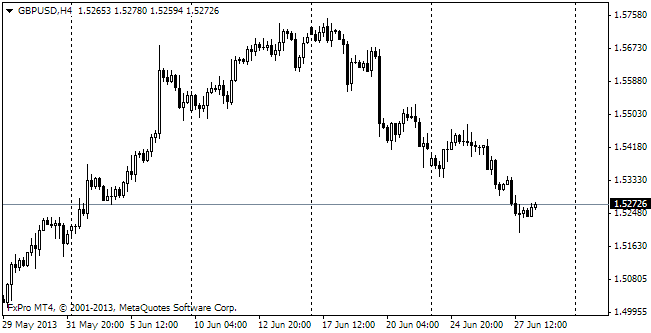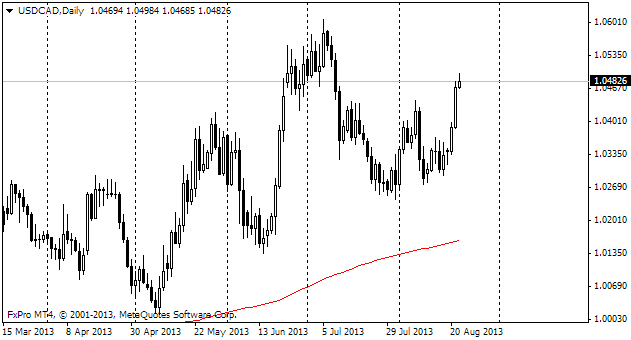EUR/usd
The employment data almost completely met the forecasts and even slightly exceeded them. The number of jobs grew by 217K in May against the initially expected 214. With this indicator it is more of an accident rather than regularity. Despite its importance this indicator cannot be forecasted, mainly because it is leading and as such affects other trends. The other parameters of Friday's US employment statistics also met the expectation or slightly surpassed them. The private sector employment increased by 216K, which is much different from ADP's data (179K). Average hourly earnings show slow, but steady growth. The annual growth rate makes 2.1%, which matches the rates, we've observed already for more than a year. Average weekly hours haven't changed for three consecutive months, making 34.5hr. The participation rate, anyway, is at the lows, being 62.8%. This is a result of natural aging as baby-boomers have reached the age of retirement and are now leaving the workforce ranks. Mainly due to this unemployment remained at 6.3% instead of growing to 6.4%, as supposed. Naturally, under such conditions it was impossible to expect that the market would show the same reaction as a day before after the announcement of the rate decision and the following press-conference of the ECB. The released statistics provoked a rally of risky assets and currencies of the developing countries and also gave short-term support to the euro. eurusd for a while returned to the levels set two weeks ago, reaching 1.3675. Yet, by the end of the day the pair had again gone below 1.3650. The stock market, in the meantime, hit fresh historic highs in the USA and got much stronger in other countries. Judging by the behaviour of market participants, we are again in the same situation as before the crisis: market players generally believe that the Fed's attitude to the economy is too mild, preferring to allocate funds in dollars and invest into purchasing of risky assets. The debt load level is again very high.
GBP/USD
On Friday the sterling tried to get to 1.6850, but in the end only managed to stay at 1.6845 for a while. It seems that market players now feel more comfortable when it is below 1.6800. It's very unusual, taking into account that the BOE is expected to raise the rate at the end of this year or at the very beginning of the next one and also that Friday's growth of risk demand should have put positive influence on the sterling. It looks like belated reaction to the weakness of the trade balance statistics. The visible trade deficit proved to be a billion more than expected, making 9.6bln against 8.3bln a month ago. The trade balance showed a deficit of 2.5bln against the expected 1.5 and 1.06 a month ago. The sterling is too expensive for exporters.

USD/JPY
The country's GDP statistics for the first quarter have been revised up. As reported, the annualized growth in January-March made 6.7% against the expected slowdown from 5.9% to 5.6%. The trade balance statistics for April, however, haven't met the forecasts. Due to weakness of the trade balance (¥-780bln) the current account surplus made 187bln. At the end of the last week USD/JPY eagerly reacted to the behaviour of risk demand, so the favourable US statistics helped it grow to 102.50 and the GDP statistics contributed to consolidation at that level.

USD/CAD
The canadian dollar was depreciating on Friday. The domestic employment statistics proved to be worse than those of the USA. Unemployment grew to 7.0% and the participation rate remained at 66.1%. Just like in the USA, it is the lowest level for years. If risk demand puts as much influence on the Loonie as before, the pair, anyway, will be able to slightly adjust its growth.
